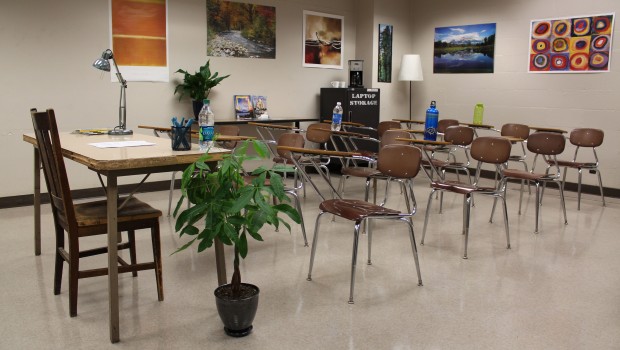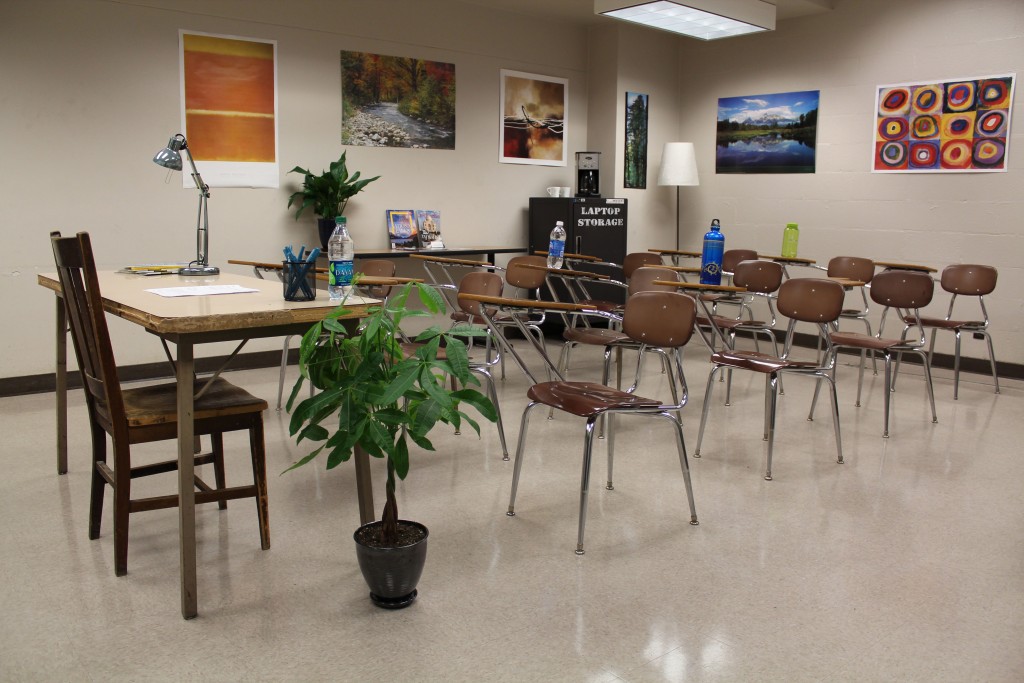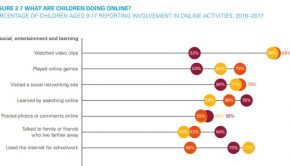Bridging The Gender Gap In Tech Careers
Today, most women who enroll in computer science and engineering courses in college will tell you they are outnumbered; and not by just a few. In spite of a handful of successful female engineers, technology, in general, still largely remains a “guy’s thing.” Though this stereotype is somewhat accepted by society, as women have the upperhand in other skills like the arts, adding salary to the calculation makes the gender gap a big problem.
In the career sphere, programmers and engineers tend to earn more than non-technical careers; this means many females are excluded from high-paying technical jobs. And as researchers at the University of Washington recently revealed, giving females a fair share of this pie will require some changes that trace all the way back to high school and possibly even earlier.
Girls want the careers but not the image
And by that, we mean “geek.”
A newly published report by researchers at the University of Washington states that the discrepancy between genders in technical careers may be related to classroom design prior to college enrollment. According to lead author of the study, Allison Master, findings show that classroom appearance matters to girls. It can transmit stereotypes to high school students about who belongs and who doesn’t in computer science, she says. And as co-author Andrew Meltzoff adds, identity and a sense of belonging are important for adolescents.
In other words, girls care more about how they appear and fit in, and this has historically pushed them away from enrolling in technical courses and the later ability to pursue high-paying jobs. But, as the I-LABS researchers behind the study point out, this gender-derived career gap can easily be bridged by making some classroom changes; designing programming classrooms, for instance, to appear “less geeky.”
The team surveyed high school boys and girls by showing them photos of two different computer science classrooms, one decorated with the typical Star Trek posters and computer parts, and another with average art and plants. The students chose their preference and indicated their interest in course enrollment with the appropriate classroom design.
The result: 68% of girls were more likely to enroll in a computer science course if the classroom looked more neutral. The boys, on the other hand, could care less; they were just as interested in programming with or without the Star Trek posters.
This suggests removing stereotypical displays in classrooms is a win-win situation — it’ll recruit more girls into computer science and still retain the boys.
Stereotypes define career choices
The studies hint that females aren’t going for technical careers because they are less capable; the interest just isn’t rooted for them to pick up the subjects. And, as a result of the lack of interest, girls don’t cultivate their scientific interests and as women, they are underrepresented in STEM – Science, Technology, Engineering, and Math – careers.
“Stereotypes make girls feel like they don’t fit with computer science,” says Allison, adding that this type of barrier isn’t there for boys. Logically speaking removing these stereotypes could be an effective way to get more girls interested in science careers.
“Our new study suggests that if schools and teachers feel they can’t recruit girls into their computer science classes, they should make sure that the classrooms avoid stereotypes and communicate to students that everyone is welcome and belongs.”
Source cited:
University of Washington – To get girls more interested in computer science, make classrooms less “geeky”
Journal of Educational Psychology – Computing Whether She Belongs: Stereotypes Undermine Girls’ Interest and Sense of Belonging in Computer Science
















